See my indoor T8 fluorescent bank garden, with pics!!!
object16
16 years ago
Related Stories
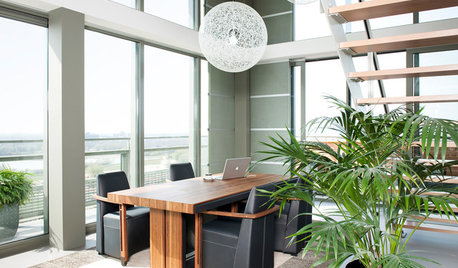
HOUSEPLANTSMeet a Palm That's Fine With Fluorescent Light
Get the look of the tropics without the full-on sun and high humidity — parlor palm tolerates regular indoor conditions with aplomb
Full Story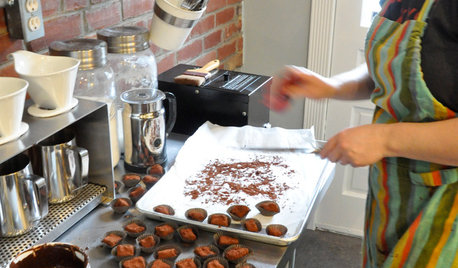
KITCHEN DESIGNLove to Cook? We Want to See Your Kitchen
Houzz Call: Show us a photo of your great home kitchen and tell us how you’ve made it work for you
Full Story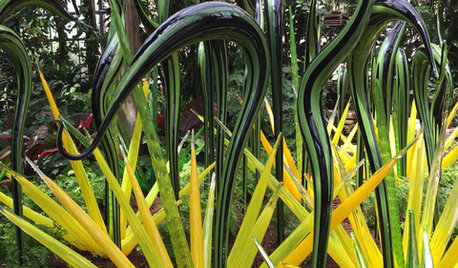
EVENTSSee ‘Chihuly in the Garden’ at the Atlanta Botanical Garden
The glass artist’s work is well-sited to complement and contrast with beautiful plantings. His new installation opens Saturday
Full Story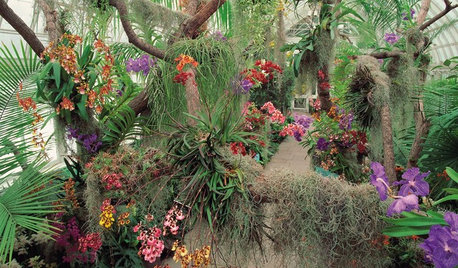
FLOWERSSee the Amazing Orchids Unfolding at a New York Garden Show
Get an eyeful of awe-inspiring orchids in incredible colors and learn how to keep one happily blooming at home
Full Story
HOUSEPLANTS8 Essentials for Healthy Indoor Plants
Houseplants add so much to our homes — and can thrive when grown in the right conditions. Keep these tips in mind
Full Story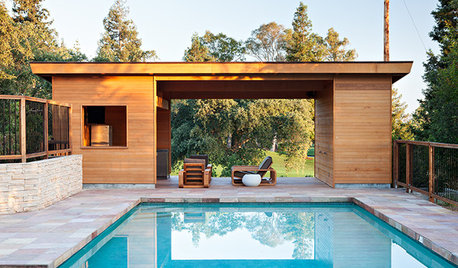
GARDENING AND LANDSCAPINGSee a Fairway-Side Pool House That Goes With the Flow
This airy California pavilion creates an easy indoor-outdoor flow as it offers shelter from the sun — and falling objects
Full Story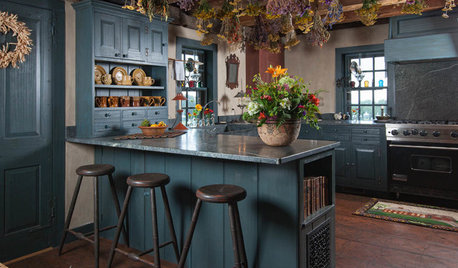
HOUZZ TV FAVORITESHouzz TV: See How Early Settlers Lived in This Restored Pilgrim House
Passionate restoration and preservation efforts give a 1665 home an honored place in the present
Full Story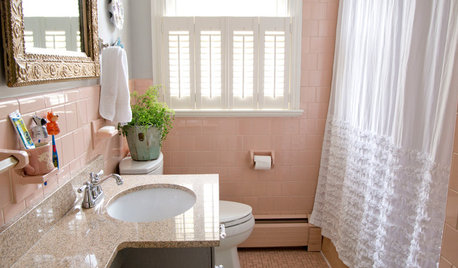
BATHROOM DESIGNHouzz Call: Have a Beautiful Small Bathroom? We Want to See It!
Corner sinks, floating vanities and tiny shelves — show us how you’ve made the most of a compact bathroom
Full Story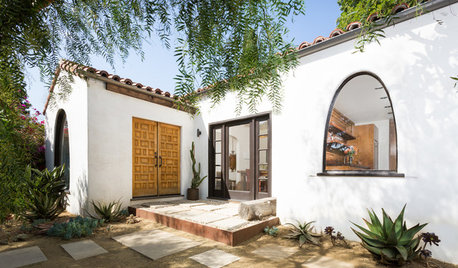
BEFORE AND AFTERSHouzz TV: See Recycled Walls and Cool Cassette Art in a Woodsy DIY Home
Walnut countertops join hardwood floors and pieces made from leftover framing in a bright Spanish colonial
Full Story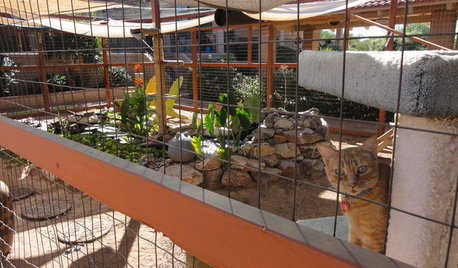
PETSSee a Deluxe 'Catio' Built for Feline Fun
Sixteen lucky cats get the run of a protected outdoor patio with ramps, steps and even a koi pond
Full Story





dancinglemons
shrubs_n_bulbs
Related Professionals
Accokeek Landscape Architects & Landscape Designers · Owings Mills Landscape Architects & Landscape Designers · Springfield Landscape Contractors · Fort Payne Landscape Contractors · Lancaster Landscape Contractors · Medford Landscape Contractors · Oklahoma City Landscape Contractors · Rochester Landscape Contractors · San Antonio Landscape Contractors · Westford Landscape Contractors · New Carrollton Landscape Contractors · South Miami Fence Contractors · Cape Coral Roofing & Gutters · Newnan Roofing & Gutters · Mounds View Roofing & Guttersobject16Original Author
dcarch7 d c f l a s h 7 @ y a h o o . c o m
object16Original Author
dcarch7 d c f l a s h 7 @ y a h o o . c o m
object16Original Author
dcarch7 d c f l a s h 7 @ y a h o o . c o m
dcarch7 d c f l a s h 7 @ y a h o o . c o m
object16Original Author
shrubs_n_bulbs
dcarch7 d c f l a s h 7 @ y a h o o . c o m
object16Original Author
dcarch7 d c f l a s h 7 @ y a h o o . c o m
object16Original Author
shrubs_n_bulbs
object16Original Author